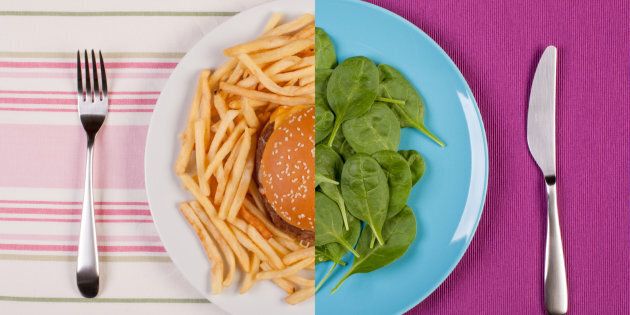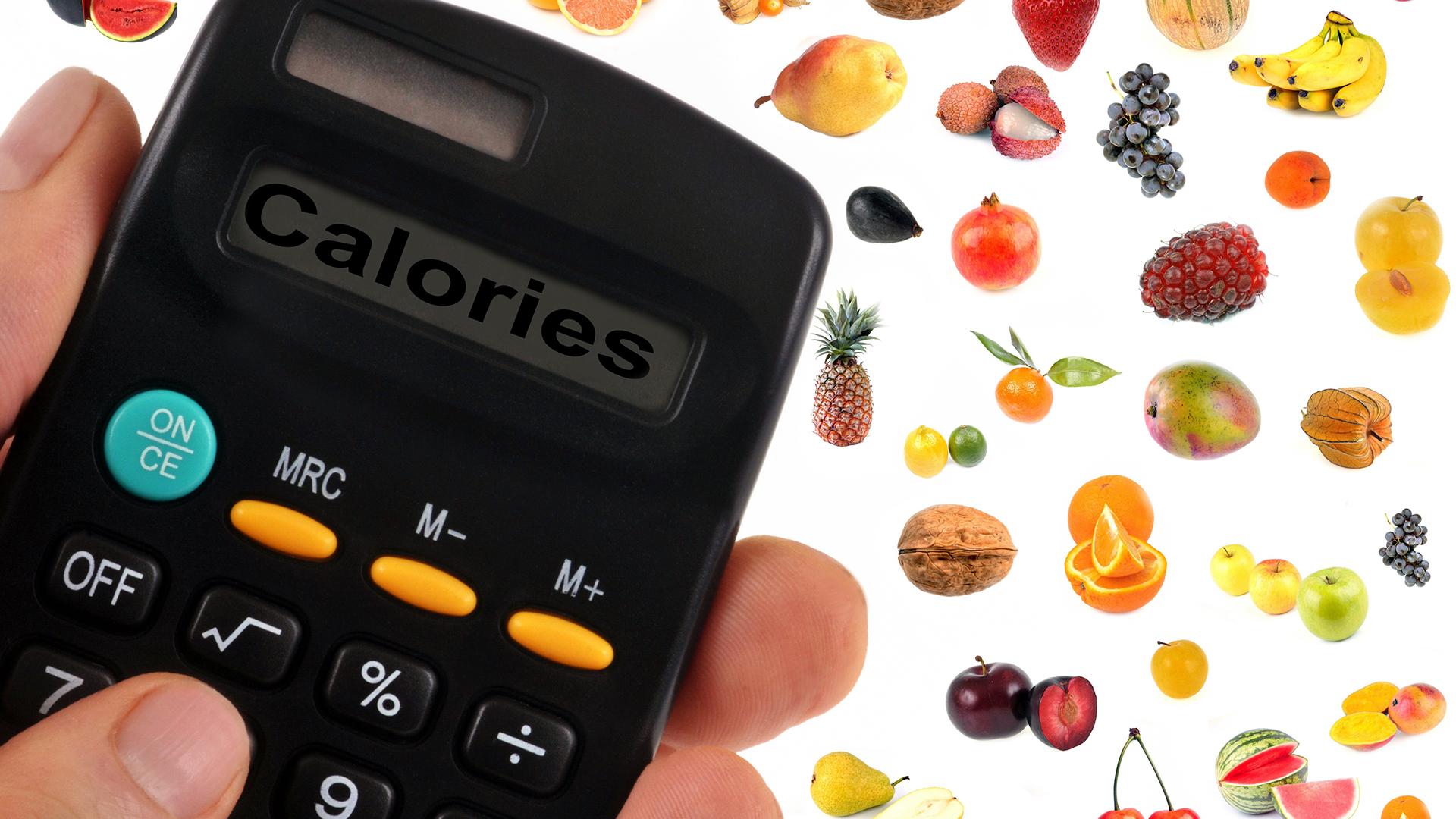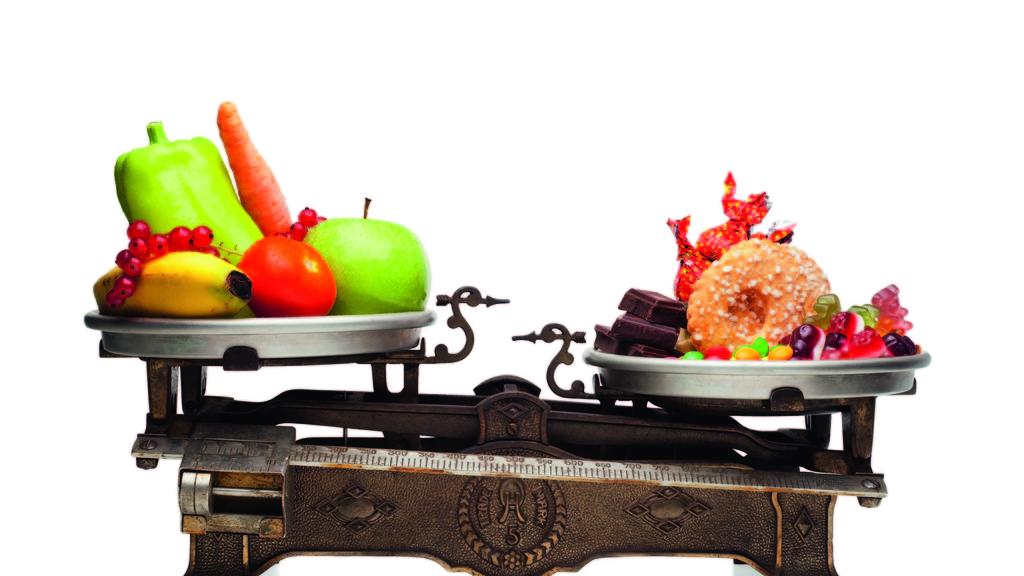Why A Calorie Calculator?
A calorie calculator is not quite what the name implies. In fact, it’s a little misleading, if anything. The calorie calculator isn’t a device you simply buy at the supermarket, instead, it’s a collection of formulas designed to help an individual get a good idea of how many calories they’re consuming or should be consuming.
Why do we need to calculate the number of calories which we consume? In reality, we don’t. However, if you have set some kind of physical goal for yourself, knowing how many calories are going into your system versus the number of calories going out is absolutely crucial for your success.
Counting calories may sound like a tedious task, but once you become accustomed to all the numbers, it turns into second nature.
Become Your Own Calorie Calculator
So, what is a calorie? In its simplest terms, a calorie is a unit of energy. Almost everything we consume, be it to satisfy a craving, an everyday meal or fueling up before a workout, contains calories. Calories refer to the energy that we mortal beings get from eating food or consuming drinks.
With that being said, not all calories are created equal. Calories from carbohydrates and protein both consist of about 4 calories per gram. Whereas 1 gram of fat contains roughly 9 calories.
How Many Calories Are You Consuming?

You may be wondering where to start with all this ‘counting and consuming’ stuff. There are essentially two approaches that you could take:
- ) Track the calories that you are currently consuming and reach a reliable conclusion,
- ) Do the math from the get-go and obtain a rough ballpark number.
For the best results, I would recommend that you take the approach of option 1. By following this method, the amount of tweaking to find your sweet spot that you would have to do would be minimal.
On the other hand, going with option 2 could provide one of three different results:
- The number is too high. After you’ve done all the necessary math and calculating, you end up with a value that is higher than the number of calories you are currently expending. This could result in temporary fat gain.
- The number is nearly right. Same as before, you’ve done the math and the number you end up with could be nearly right, resulting in no weight fluctuation. This would be an ideal result.
- The number is too low. This is the complete opposite of result no. 1. Though the goal might be to lose fat, you want to have a solid starting point where you can manipulate your calories with precision.
Working Out How Many Calories You Consume (Option 1)

This approach requires a combination of finesse and patience. In order to get the best possible result, you will have to take note of everything that has a nutritional value going into your system. One of the key elements for this approach is a food scale (preferably digital). Being able to weigh your food before you consume it will be vital.
Before we start, this process should take between 2-4 weeks to complete. The goal is to find the average amount of calories that you consume. And while in this process, it’s important that you eat as you normally would because this is not the time to change into healthy habits yet.
Record Your Intake
As mentioned above, eat the foods you normally would in the same proportions that you would. However, it is crucial that you weigh each different food source and make a note of its weight in a notepad or on your phone, etc.
Don’t stress it if you eat something that can’t be measured as an individual source of food, such as rice, eggs, or cheese. If you have a slice of pizza or a burger and fries, that’s okay, too. Just remember to take note of it. Most restaurants and fast-food chains have added the nutritional values of their menu to their websites.
Adding Numbers
After you have taken note of what you have consumed, and how much, it’s time to work out how many calories each food source contains. For this, simply jumping online and making full use of Google will suffice.
Search for the food and its nutritional value and jot it down. Do this at the end of each day.
Find the Average
After you have recorded your caloric intake for 2-4 weeks, it’s time to put it all together and find the average number of calories that you consume on a day-to-day basis.
To find the average, you need to add all of your daily-consumed calories and divide that amount by the number of days you were keeping track for. For example, if you were keeping track of your calories for two weeks, you would divide the total amount of calories by 14.
Total amount of calories consumed in two weeks = 23,000kcals
23,000 / 14 = 1,642kcals.
So, 1,642 would be the average, and that would be your starting point.
Working Out An Estimate of How Many Calories You Should Consume (Option 2)

Following this approach is much easier and far less time-consuming than Option 1. With that being said, it may not be as accurate, though.
Step 1
Go weigh yourself (preferably first thing in the morning). Take note of your bodyweight [in pounds].
Step 2
Multiply that number by 10. So, if you weigh 175lbs, you would multiply that by 10 and end up with 1,750. This number represents your basal metabolic rate. In other words, the bare minimum amount of calories you need to stay alive.
Step 3
Multiply the value of Step 2 by 1.5. This should give you a ball park of the amount of calories you need for daily activities.
Step 4
Multiply the the number of minutes you spend each week lifting weights by the number of days you lift each week.
For example, if you spend five days a week lifting for 45 minutes, then it would look like:
45 x 5 = 225.
Step 5
Multiply the number of minutes per week you spend running, cycling, or playing sports by 8.
Step 6
Add the values of Step 4 and Step 5, then divide it by 7.
Step 7
Add the values of Step 3 and Step 6. The result is roughly the number of calories you need to sustain your current lifestyle.
Calories and Age
Before you embark on the journey of counting calories, it’s important to know that, unfortunately, with age, the metabolism becomes slower. For example, between the ages of 19-30, the average number of calories burnt for the male living a sedentary lifestyle is roughly 2,400, for ages 31-50 it drops down to ~2,200 calories, and for 50+ it drops even lower to ~2,000 calories per day.
On the other hand, for those living a moderately active lifestyle, the numbers would roughly be ~2,600-2,800, ~2,400-2,600, and ~2,200-,2400, respectively.
And lastly, for those living an active lifestyle, it would look more like ~3,000, ~2,800-3,000, and ~2,400-2,800, respectively.
It’s a very unfortunate thing to have to happen but there are ways to manage this occurrence. If you’re living on the sedentary plane, then it would pay to become involved with doing more activities. Alternatively, managing your caloric intake to match your caloric output would be the best option.




